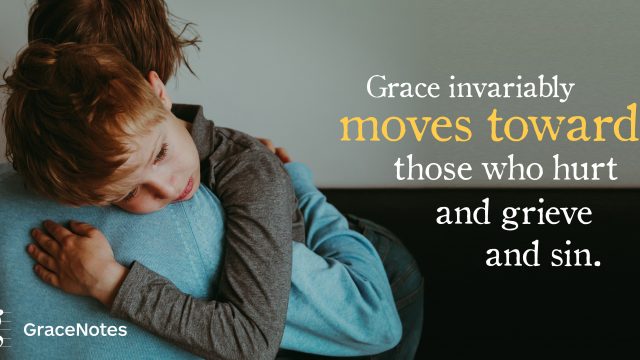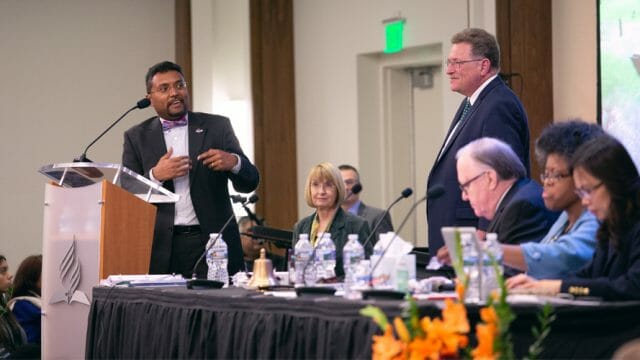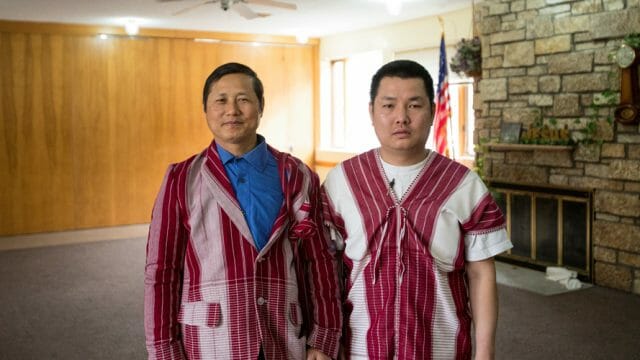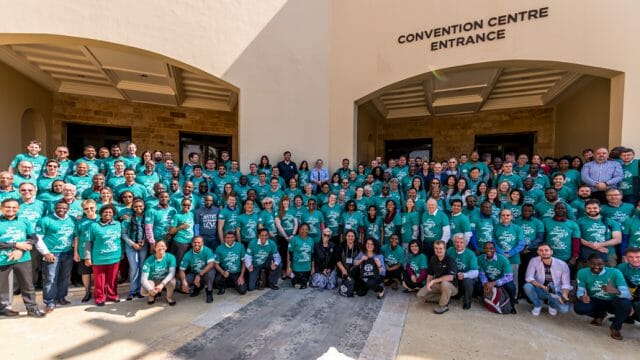The impact of coronavirus and social distancing on the way we worship

I haven’t been to church for the past four weeks, and I don’t plan to go for the immediate future. That’s not something you would expect to read from one of the editors of the Adventist Review. Going to church on Sabbath morning has been part of my DNA for more than half a century. I grew up in an Adventist family, and going to church was a given. As a teenager attending a public school, I looked forward to seeing my friends in our youth group that I could hang out with every Sabbath—all day. I was involved in Pathfinders, creative “tea-bistro” outreach activities, choir practices, and door-to-door visitations on Sabbaths. Since then, I have taught Sabbath School classes, preached sermons, served potlucks, and enjoyed the sweet fellowship with other followers of Jesus most every Sabbath.
I confess, sometimes we sat too much. The preacher went on droning, the music was at times slightly off-key, and the presentations weren’t always gripping. But it was church—my church.
COVID-19 changed all of this. Most states in the United States have some type of stay-at-home or shelter-in-place order. I’m grateful that leaders made this hard decision for I’m worried about the elderly and those struggling with health issues in our congregations. But that also means that I haven’t seen my friends and fellow members of my local congregation for a while—and, most likely, that won’t change in the coming weeks.
Except, that’s not really true. For the past eight years, my wife, Chantal, and I have hosted a Bible study at our home on Tuesday nights. It started as a way of keeping our teenage daughters connected to their church during the week. They have long left home to study at boarding academy or university, but the Bible study has continued. We usually have between 10-15 people attending. This past Tuesday we had 31 attending the online Zoom version. I’ve participated in church boards online during the past weeks with more members present than the needed quorum. My wife and I have spent hours talking to members every Friday over the past weeks as we clean the house and get ready for another Sabbath—home alone.
This past Sabbath morning each of my three daughters (now back at home after colleges and academies closed their campuses) attended a different Sabbath School class. We usually meet to sit around the larger screen of my home computer in my office for worship service and connect to one of the many streaming options, including my own congregation’s limited livestream.
While we cannot physically meet with others, we seem to have gone back to the model that worked for the early church—at least virtually. Small-group meetings or Bible studies hosted on Zoom or Skype, and prayer meetings on call-in numbers are all mushrooming. They have been filling the void left by the COVID-19-related restrictions. Church historians agree that worship during most of the first two centuries A.D. was centered around house churches, or, perhaps better, “household churches.”1 The disciples met in an “upper room” (Acts 1:13, KJV). Acts 12:12 describes a prayer meeting pleading for the release of Peter in “the house of Mary.” Paul includes many greetings to individuals hosting gathering places for Christians in their homes (1 Cor. 16:19; Col. 4:15; Philemon 2; Rom. 16:5, 23; etc.). Meal sharing was a crucial part of their gatherings.2 Household churches had the advantage of intimacy and increased safety, and were culturally appropriate as they fitted into the Roman system of household communities.
We often get distracted by secondary elements when we think about worship. Is the music appropriate? Which instruments can and should be used? What would be the right attire for worship? How long should we sing and how long should the sermon be? Who will lead out and how are they doing their leading? Google “worship wars” and you will find thousands of hits—some of them also involving Adventist “worship wars.” During this present crisis, however, I haven’t seen too many articles or opinion pieces about worship dress code, the length of skirts, or the type of music. In moments of crisis we usually retreat to basics—and that’s good.
We sing those songs that feed our souls (in fact, in our Bible study, we’ve noticed—like many others—that singing on Zoom sounds better when most people are muted!). I haven’t worn a tie for four weeks, but my worship experience has not suffered, I think. The point I’m trying to make is that we need to focus on the main purpose of worship: to connect to our Creator and Saviour, allowing His Spirit to transform our hearts and convict our minds.
Let me suggest four takeaways from the current moment as we reconsider worship.
First, worship is not an exclusive Sabbath morning activity that is well-orchestrated and structured. We worship—individually and corporately—because we recognize our need to draw closer to our Saviour. We knew that before COVID-19, of course. But somehow our inability to meet in our local congregations has highlighted this anew. Worship is a mindset and attitude, not a moment.
Second, more than ever I have felt the importance of the intimacy of worship. Small groups—virtually or sitting together in a real space—offer this advantage. While I love organ music and enjoy ethereal choir music, I value even more knowing the hearts and joys and burdens of my fellow worshippers. Worshipping as part of a very large congregation in a beautiful building doesn’t preclude this, but it definitely represents a more challenging part of managing corporate worship. That’s the reason we promote smaller Sabbath School groups offering a sense of closeness and intimacy.
Third, worship within the context of a house setting offers a great way to practice accountability. With only 10-20 people (or even fewer) attending, I know the names and situations of all of our Bible study members. And if I don’t, my wife does. I notice when someone isn’t present, and I pick up the phone or send an e-mail. My gut feeling is that we need more intimacy and accountability in Adventist worship and less formality and distance.
Fourth, I predict that house churches will see an uptick even after we look in the rearview mirror at the COVID-19 pandemic. In fact, in some parts of the world with more limited religious freedoms, house churches represent the most vibrant, yet veiled, face of worship. They offer more safety (from potential control and persecution). They also represent a viable alternative in urban centers where real estate prices are reaching stratospheres that congregations are struggling to cope with.
Perhaps what I’m rediscovering is that church—with or without physical buildings—has really always been and will continue to always be about living with God and being united closely with others in community and mission.
1 See, for example, Roger W. Gehring, House Church and Mission: The Importance of Household Structures in Early Christianity (Peabody, Mass.: Hendrickson, 2004).
2 Gregory Linton, “House Church Meetings in the New Testament Era,” Stone-Campbell Journal 8 (2005): 229-244.








